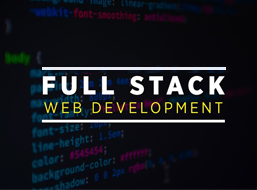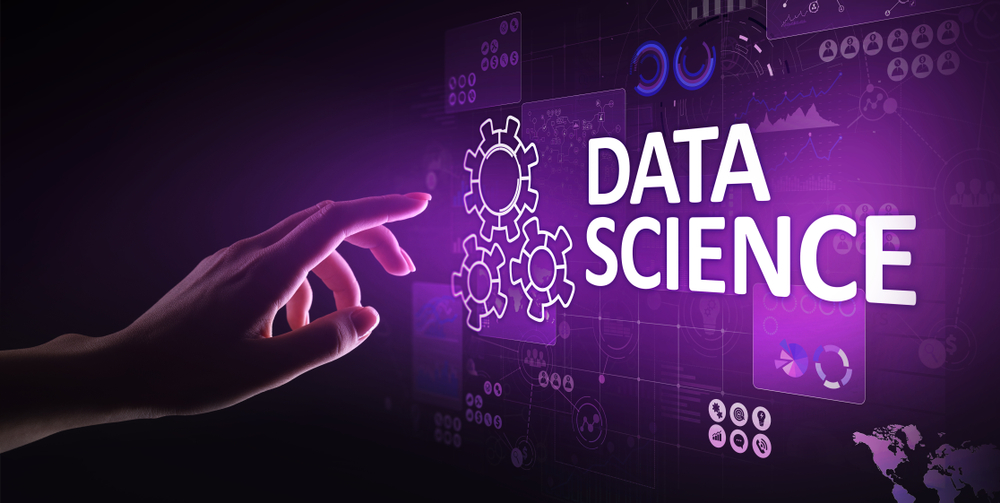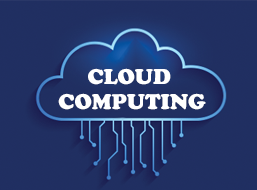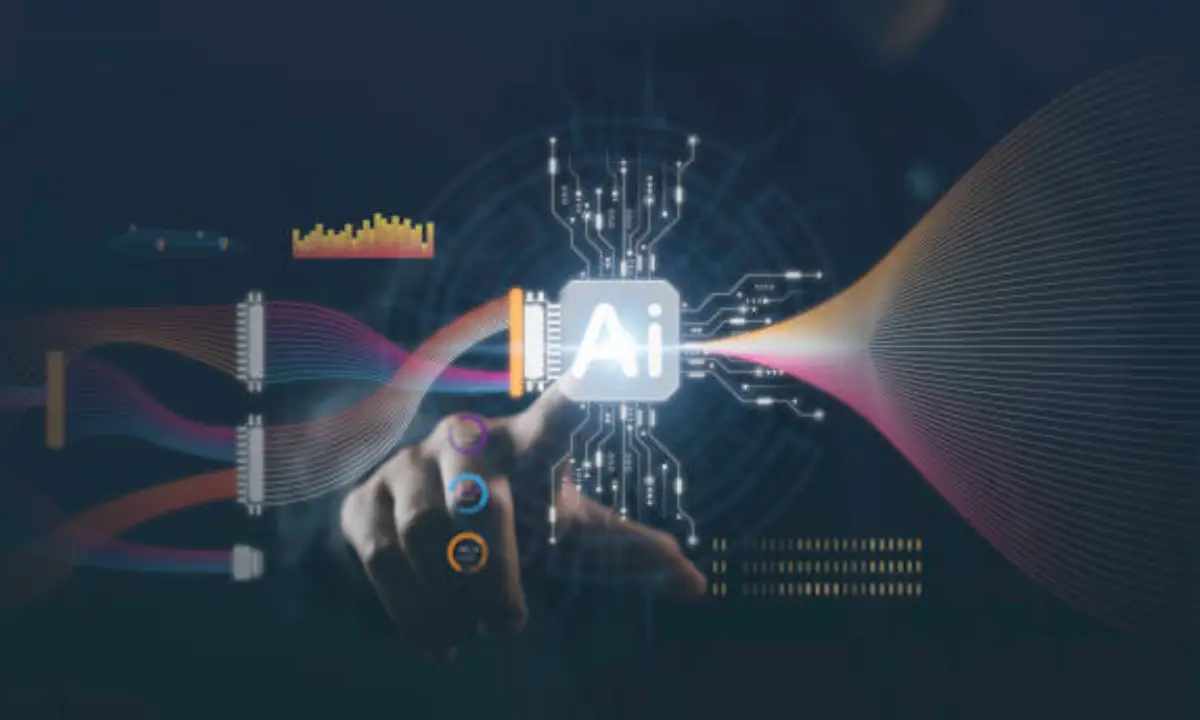Table of contents
|
1. Excel: The Foundation of Data Handling |
|
2. Why Move Beyond Excel |
|
3. Excel to AI Career Path: Step-by-Step Guide
|
|
4. Future of Data-Driven Jobs |
|
5. The Importance of a Structured Learning Path |
|
6. Why Apponix is Ideal for Excel Users Turning Data Experts |
|
7. Challenges in the Journey (and How to Overcome Them) |
|
8. Practical Tips for Transitioning |
|
9. Conclusion |
Data is the new currency of the digital age. As companies compete to unlock insights and make smarter decisions, the demand for skilled data professionals is skyrocketing. But for many individuals starting, especially those who have relied on spreadsheets for years, the transition from Excel for data science to advanced tools like AI and machine learning can feel overwhelming.
The good news is that Excel is not just a beginner’s tool—it’s often the first step in your Excel to AI career path. At Apponix, learners from non-technical and spreadsheet-based backgrounds are gradually introduced to the power of analytics, data science, and AI through structured, industry-aligned courses.
Excel: The Foundation of Data Handling
Excel has been a backbone in offices worldwide for decades. From budgeting to database management, Excel has given professionals a sense of control over data. Excel remains an essential skill even today in many data roles.
Key features that make Excel relevant in data science include:
-
Data cleaning using filters, pivot tables, and formulas
-
Visualization through charts and conditional formatting
-
Logical operations using IF, AND, OR, and nested functions
-
Basic statistical analysis (mean, median, mode, standard deviation)
While these skills are fundamental, modern datasets often go beyond Excel’s limitations—especially when it comes to handling big data, automation, or building predictive models.
Why Move Beyond Excel
As data becomes more complex, Excel begins to show its constraints. Handling millions of rows, automating repetitive tasks, or integrating machine learning simply isn’t what Excel was built for.
That’s where tools like Python, R, Tableau, Power BI, and cloud platforms take over. Understanding the Excel vs data analytics tools comparison helps professionals see the value of upskilling.
|
Feature |
Excel |
Modern Tools (Python, SQL, Tableau) |
|
Max data handling |
~1 million rows |
Unlimited with Big Data frameworks |
|
Visualization |
Basic |
Interactive and dynamic |
|
Automation |
Limited with VBA |
Extensive using scripting languages |
|
AI & ML capabilities |
Minimal |
Full-fledged modeling |
This comparison indicates why professionals need to level up—starting from Excel but moving toward more advanced tools and platforms.
Excel to AI Career Path: Step-by-Step Guide
Transitioning from Excel to AI doesn’t happen overnight. It’s a layered journey that builds on your existing skills while introducing you to new ones.
Step 1: Strengthen Excel for Analytics
Even before you move into data science, ensure you’re using Excel to its full capacity. This includes mastering:
-
VLOOKUP and INDEX-MATCH
-
Advanced pivot tables
-
Macros for automation
-
Solver and data analysis tool pack
Step 2: Learn SQL and Python
SQL is essential for interacting with databases, while Python is the most-used language in data science. Python allows you to clean, manipulate, visualize, and model data—essentially everything Excel struggles with on a larger scale.
At Apponix, the data science course in Bangalore includes extensive hands-on Python training designed for beginners.
Step 3: Data Visualization and Reporting
Learn tools like Tableau or Power BI to create interactive dashboards and visual stories. This bridges the gap between raw data and decision-making.
Step 4: Machine Learning and AI Fundamentals
Start with concepts like regression, classification, clustering, and model evaluation. Then move on to neural networks and deep learning with tools like Scikit-learn, TensorFlow, and Keras.
Step 5: Work on Real Projects
Nothing beats experience. At Apponix, learners build end-to-end projects using actual datasets—starting with Excel analysis and culminating in predictive models using AI.
Future of Data-Driven Jobs
The future of data-driven jobs is bright. With organizations across every industry embracing analytics, skilled professionals are in high demand.
Roles that are evolving include:
-
Data Analyst
-
Business Intelligence Developer
-
Machine Learning Engineer
-
Data Scientist
-
AI Product Manager
This demand is not just in IT. Sectors like healthcare, finance, e-commerce, manufacturing, and logistics all require data talent. What sets candidates apart is their ability to transition from tools like Excel to more scalable, intelligent systems.
The Importance of a Structured Learning Path
Self-learning can work—but for a smooth transition from Excel for data science to advanced AI techniques, structured training accelerates your growth.
Apponix offers a well-defined roadmap that includes:
-
Foundation in data analysis using Excel and SQL
-
Python programming for data workflows
-
Statistics and math for model building
-
Visualization tools and storytelling
-
AI concepts and machine learning algorithms
-
Industry-grade capstone projects
With expert trainers, hands-on practice, and placement support, learners build both competence and confidence.
Why Apponix is Ideal for Excel Users Turning Data Experts
What makes Apponix unique is its student-centric approach. Courses are designed with beginners in mind, especially those who come with only Excel knowledge.
The data science course in Bangalore is one of the most comprehensive programs available and includes:
-
Weekend and weekday batch options
-
Access to cloud labs and real tools
-
One-on-one mentorship
-
Resume preparation and interview guidance
-
Job placement support
Many professionals, including accountants, project managers, and marketers, have upskilled at Apponix and successfully transitioned into data roles.
Challenges in the Journey (and How to Overcome Them)
Fear of coding and math anxiety are common blockers for Excel users. But the truth is, modern platforms and teaching styles simplify these fears. At Apponix, the curriculum eases you into coding with small exercises and builds up toward complex applications. Similarly, math is taught through application—not just theory.
Consistency is another challenge. Learning data science requires regular practice. By joining a structured course with deadlines and peer interactions, you stay motivated and accountable.
Practical Tips for Transitioning
-
Practice Excel analytics tasks with larger datasets
-
Explore free datasets from Kaggle
-
Use YouTube or blogs to follow Excel-to-Python journeys
-
Join LinkedIn data communities
-
Build a small portfolio with visual dashboards and Python notebooks
Conclusion
Starting with Excel for data science is a strong foundation, but growth lies in evolving with the field. Understanding the Excel to AI career path, learning new tools, and aligning with the future of data-driven jobs is key. For a guided, hands-on approach, the data science course in Bangalore by Apponix offers everything you need to upskill confidently and transform into a true data professional.





